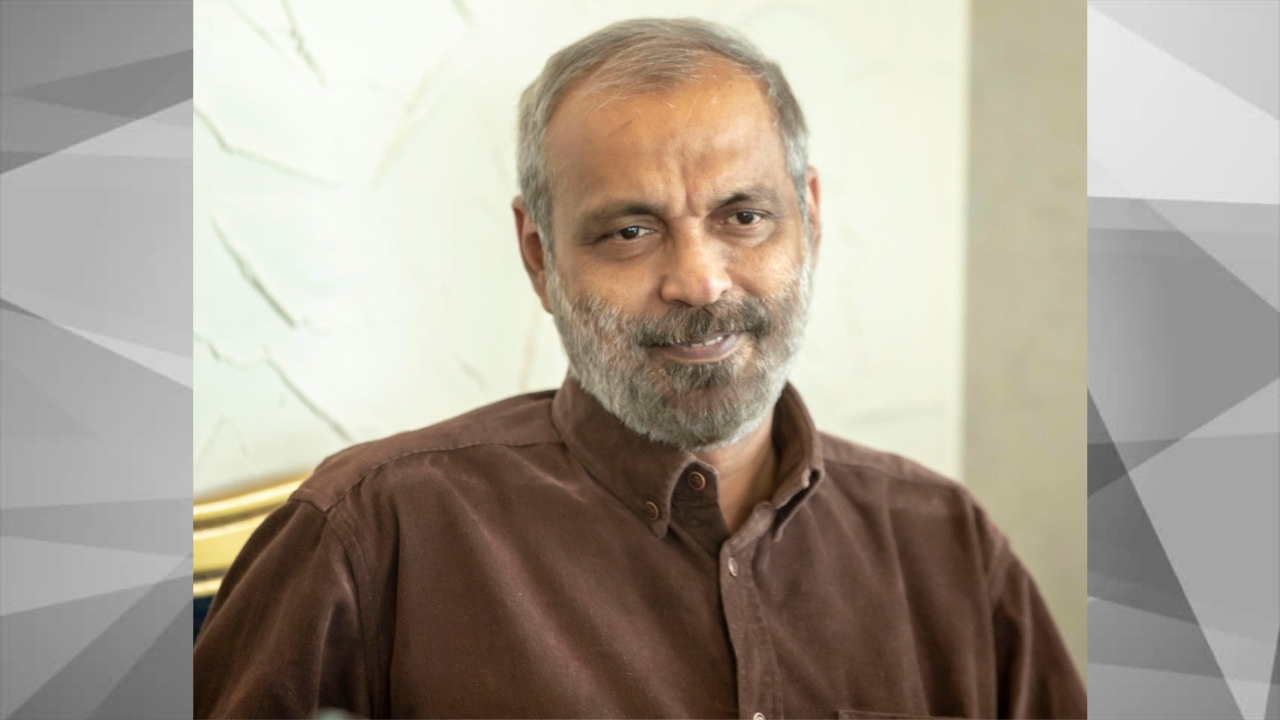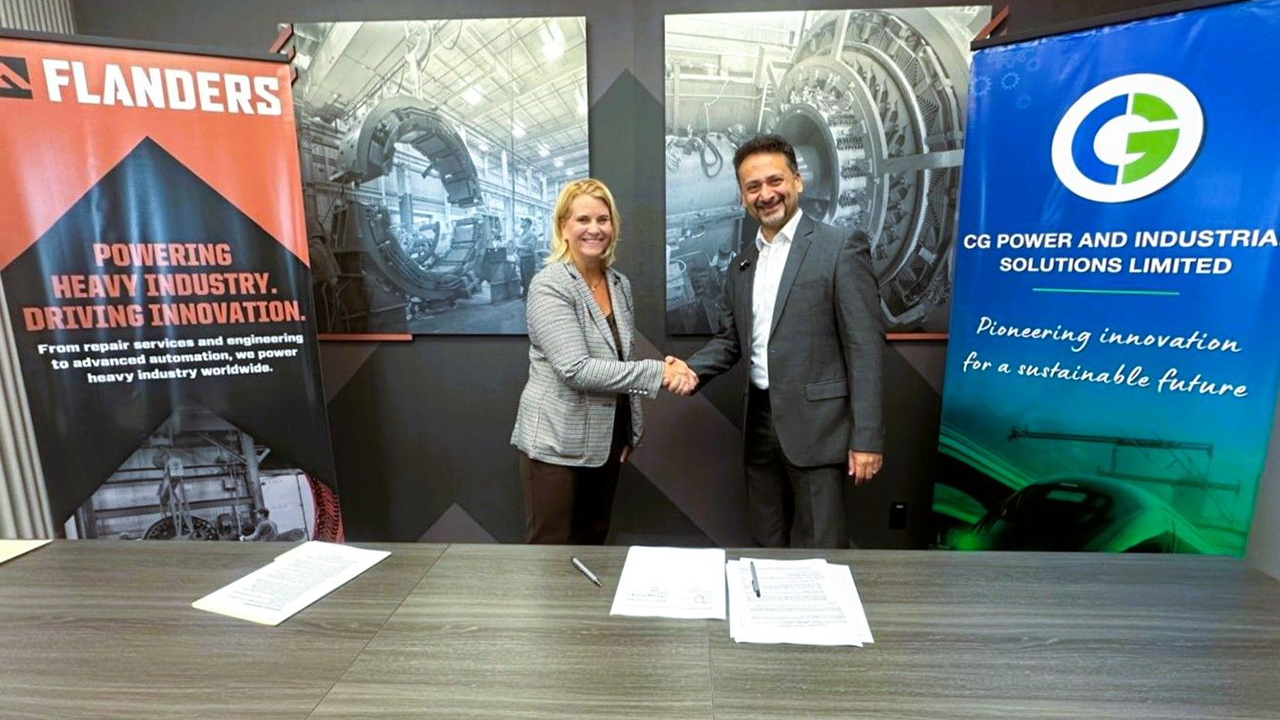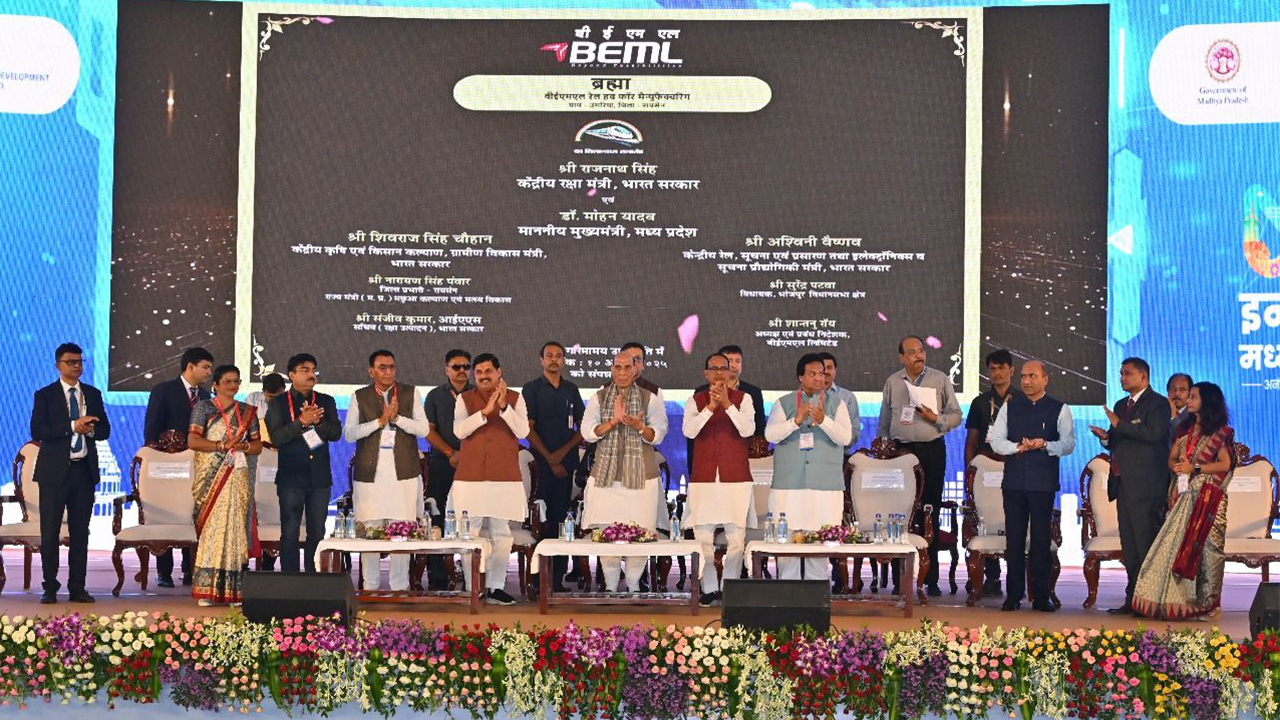Sudhanshu Mani retired in the apex grade of Secretary to GoI from the Indian Railways Service of Mech. Engg. as General Manager, Integral Coach Factory, Chennai after serving Indian Railways for 38 years. He also served as Railway Advisor in the Embassy of India, Berlin for three years, lesioning with railways systems in Europe and other advanced countries. He is a Fellow of Institute of Mechanical Engineers, London. He led the Train 18/Vande Bharat Express project, the first ever indigenous semi high-speed train of India, from concept to delivery. He works as an independent consultant, a distinguished speaker and a writer having written 4 books.

Before we became independent, Railway manufacturing was almost entirely based abroad. Manufacturing factories called Productions Units (PUs) were set up subsequently in India under the Ministry of Indian Railways (IR) for locomotives, trains and some capital spares. While the industrial base and capability for heavy manufacturing were woefully inadequate for the first fifty years after independence, that is not the case now; investment in these government-controlled PUs has, however, not stopped. There are seven major units and they employ some 40000 employees; three units- ICF/Chennai, RCF/Kapurthala and MCF/Rae Bareli, manufacture coaches and three others - CLW/Chittaranjan, DLW/Varanasi and DLMW/Patiala, manufacture locomotives while RWF/Bangalore manufactures railway wheels.

We have been hearing of the plans of central government to corporatize these PUs. The idea is to disunite them from IR, a government organization, and transform them into independent corporations as Public Sector Units (PSUs), albeit within the ambit of the Ministry of Railways. Successive governments have basically been dragging their feet and at least twice in recent years, got cold feet after some positive movement. In 2019, however, after this government came to power again, the idea to hive off these PUs and bring them under one entity, a corporation tentatively called Indian Railways Rolling Stock Company, was floated as part of the 100 days action plan. It talked of starting the process with pilot implementation at MCF. Nearly two years since, we have not progressed much. IR’s own sororal, and some would say, subservient, PSU, RITES is doing a study with a consultant and that’s where we are. In the beginning of the year, IR had stated that once the study was completed, the process would be started in FY 20-21 but post-Covid, understandably, this may not be a priority at present.
Why corporatize? The stated goal of corporatization of an entity is facilitating to operate it more efficiently even while retaining the ownership of the company so formed. Major benefits would be:
- ● Government departments, admittedly, are often inefficient due to internal bureaucracy and their maze of rules, regulations, norms, checks and balances, meant for a ministry, not for an enterprise. Freed from direct government control, these factories can function in a more business-like manner. They would start looking at their top and bottom lines, unlike today, which is a cost+ regime.
- ● Competition brings in quality. Once these PUs compete against each other and the purchasers have a choice, the quality of the product they manufacture must improve.
- ● There is no premium on innovation and the culture of risk-taking to design new products is absent; the culture is staying put in one’s comfort zone of manufacturing more of the same. Path-breaking products like Train 18 are rare exceptions whereas the capability and the audacity to tread new grounds exist in the personnel of these factories but a favorable eco-system is non-existent.
- ● Opportunities galore for exporting our rolling stock products and China has demonstrated that with incredible results, whereas we languish because these factories, on their own, have no authority to innovate to penetrate the world market. They depend on RITES and IRCON and there is no marketing interface available to them; post offices do not work in such situations and therefore, our dismal performance.
- ● Companies have employed systems like ERP to make a quantum leap in the manufacturing environment whereas the PUs lag.
- ● Digital transformation of manufacturing and allied value creation can be given a meaningful thrust instead of the present lip service. The industrial value chain increasingly employ modern control systems, embedded software, AI and connection and address via IoT real time networking and communication among products, means of production and sale for creation of such value as real time optimization in costs, quality and services.
Considering that IR is not really a true enterprise but has a major social responsibility, this cannot be a simple business case. Restructuring into a corporation means that once, and if, corporatized, these PUs would typically have a board of directors and an independent management but unlike publicly-traded companies, the government would be the company's sole shareholder unless it decides to disinvest, or even privatize, in future and then the shares of the company so formed may be traded publicly.
The problem is not that we have not progressed far. The problem is that there is a risk that the government, in spite of not having studied the matter properly with a view to taking all the stakeholders along, may in its characteristic style, rush in where the stakeholders are still reluctant to tread. Portia says in Shakespeare’s The Merchant of Venice “If to do were as easy as to know what were good to do, chapels had been churches, and poor men’s cottages princes’ palaces.” That is passé in wannabe Atmanirbhar Bharat. We, today, are quite capable of doing the unthinkable with the proverbial paradigm changes but would that happen after mulling over various informed opinions? Or would it be a fait accompli without truly knowing what were good to do?
(to be continued…)

NEWSLETTER
TRENDING ON PRO MFG
MORE FROM THE SECTION








